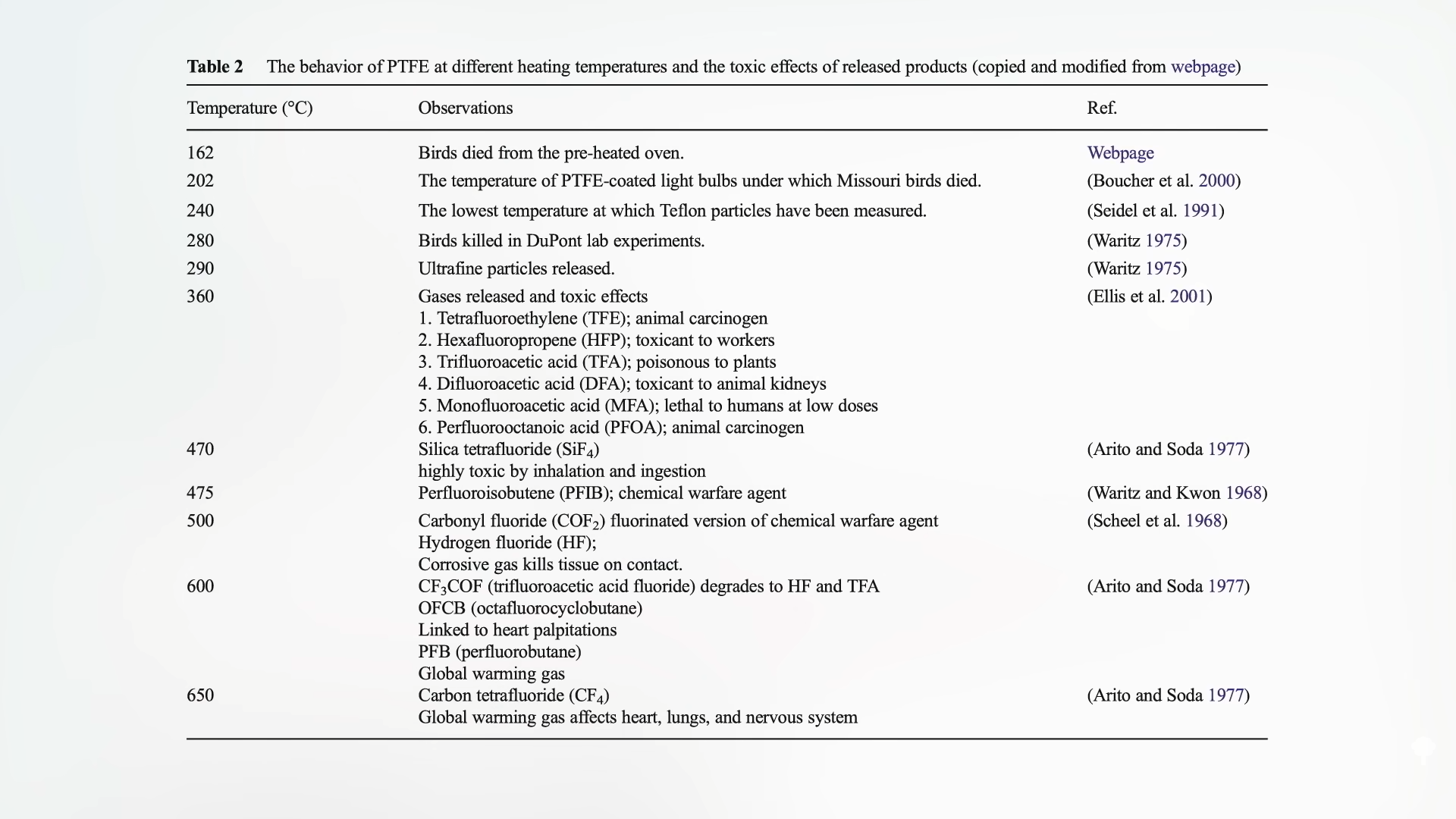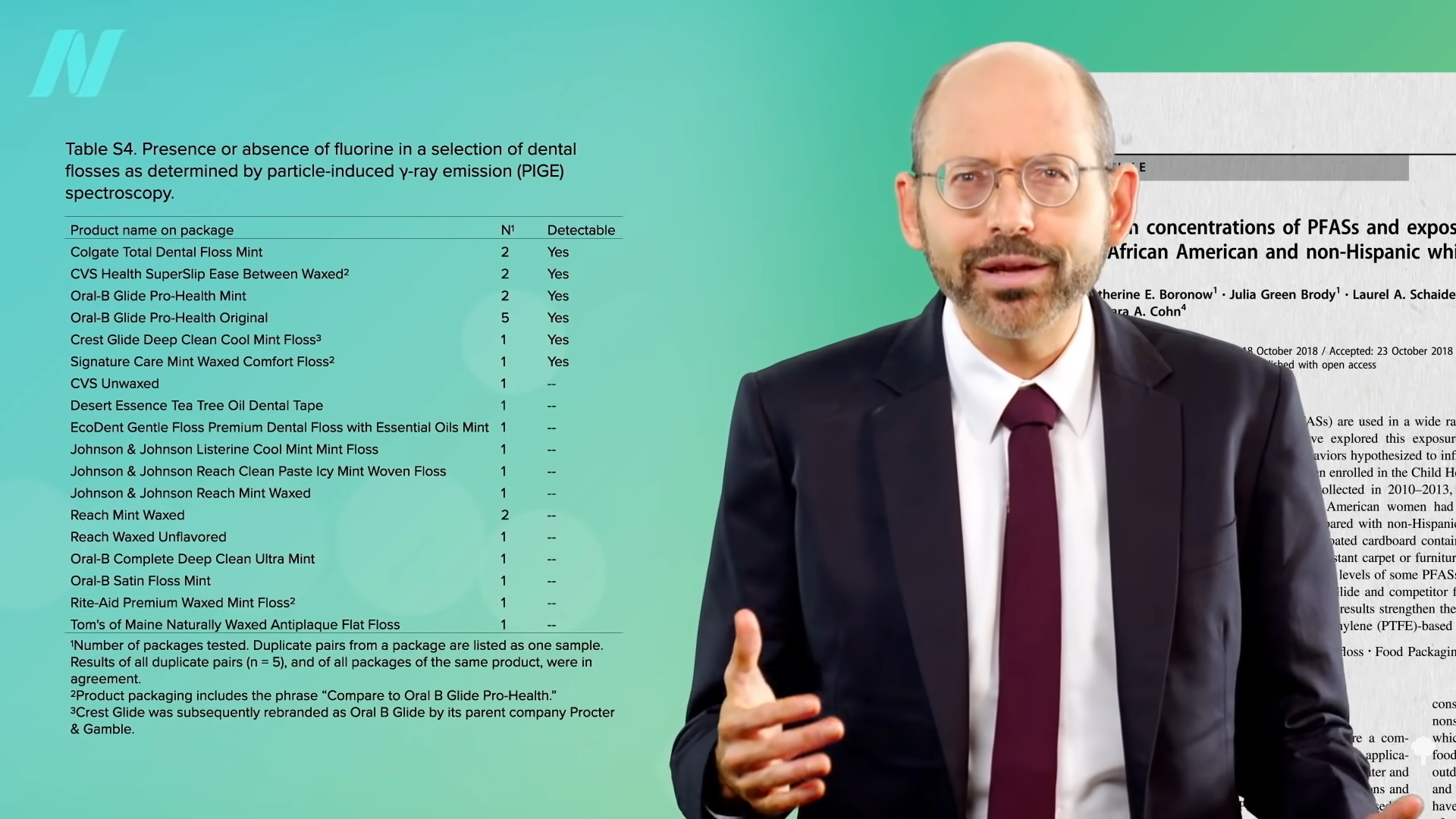Choosing the Right Cookware: The Ultimate Guide
When it comes to cooking, one of the most important decisions you’ll make is choosing the right pots and pans. With so many options available, it can be overwhelming to know which type is best for your health and cooking needs. In this comprehensive guide, we’ll explore the various types of cookware and highlight the safest and most effective options.
In a recent video, concerns were raised about the use of aluminum cookware. So, what is the best type of pots and pans to use? According to research, stainless steel is an excellent option for kitchenware, as it is considered safe for cooking. Even though some studies have shown that nickel and chromium in stainless steel can leach into food, this typically only occurs with brand new cookware. After a few cooking cycles, the leaching decreases and becomes minimal.
Another popular choice is cast iron cookware, which can actually be beneficial for your health. Cast iron skillets can help improve iron status and may reduce the risk of iron deficiency anemia, particularly in children and women of reproductive age. However, it is not recommended to fry in cast iron, as the high temperatures can lead to the formation of trans fats.
On the other hand, nonstick pans, often coated with Teflon, have a dark history of toxicity. The chemicals used in Teflon production have been linked to severe health issues, including cancers and deformities. While using nonstick cookware can be convenient, it is important to be cautious about the potential risks associated with these types of pans.

Cooking with Teflon-coated pans can release toxic gases and chemicals, which have been shown to be harmful to both humans and animals. In fact, Teflon-coated heat lamp bulbs have been known to wipe out entire flocks of chickens. Additionally, the coating of nonstick pans can start to degrade over time, posing further risks to your health.
A study has suggested that cooking with nonstick cookware may increase the risk of colorectal cancer, particularly when cooking at high temperatures and using animal proteins. The chemicals in nonstick coatings, such as PFOA, have been associated with carcinogenic properties, making them potentially hazardous for human consumption.
While efforts have been made to replace toxic chemicals like PFOA with safer alternatives, these new compounds still pose risks to human health. Perfluoroalkyl substances can be found in various food sources, particularly in seafood, and can contribute to increased human exposure to harmful pollutants.

Environmental exposures to toxic chemicals are prevalent in today’s world, but we can take steps to reduce our personal exposure. By choosing safer cookware options and being mindful of the potential risks associated with nonstick pans, we can safeguard our health and well-being.
Stay tuned for more in-depth discussions on cookware in the upcoming articles of this series. From aluminum pots to melamine dishes, we’ll cover all you need to know to make informed decisions about your kitchen tools. Remember, your health is in your hands, so choose wisely when it comes to your cookware.
For more information on healthy cooking practices and nutritious recipes, be sure to check out our other articles on pressure cooking, meat preparation, and more. Your kitchen journey awaits!












